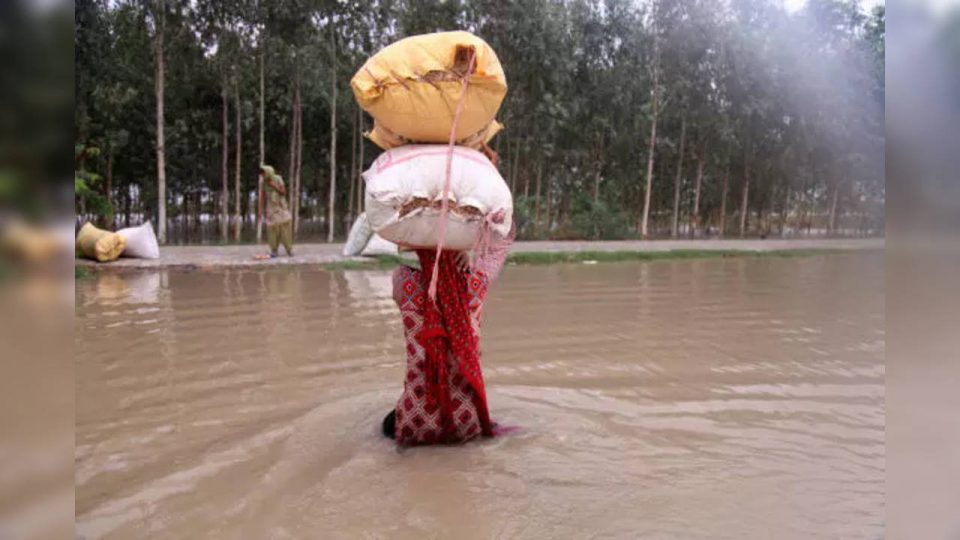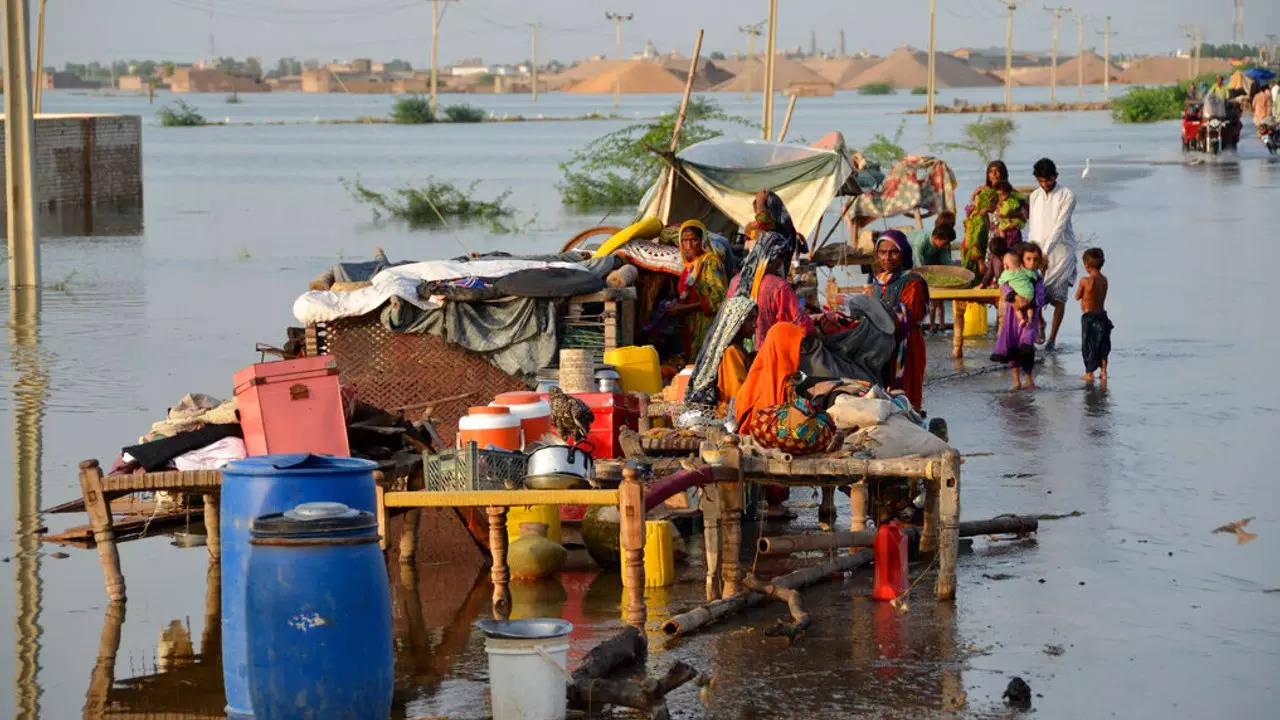Related News
Women and girls are not only at risk as they desperately search for flood relief, many families have been rendered homeless due to the floods and this lays them bare to the threat of gender-based violence – from assault to rape.
At a time when security is already scarce due to the deluge, and relief in terms of food is slow to reach the targets, medical aid for women of child bearing age is a distant dream.
Climate change and rising temperatures have given rise to extreme weather patterns. On one hand there are incessant rains during monsoon and on the other, the same regions witness relentless heat and drought in the summer season.
Women and girls, on whom much of the household duties fall in rural households, are forced to walk even greater distances for water as sources nearby dry up. This too puts them at risk of gender based crimes.
There is also the risk of girls being forced to drop out of schools due to the livelihood loss of parents because of climate change. The halt in education sets them up for early marriage often to much older men who bail their families out financially. The power balance is skewed in favour of the men in such marriages and again, the girls have little agency over their sexual or reproductive health and they are at greater risk of intimate partner violence.
It is not immediately obvious but climate change is closely linked to sexual and reproductive health of women and girls. It is for this reason that the UNFPA has been advocating to integrate climate change with sexual and reproductive health so that safeguards are available to women across communities all over the world.




